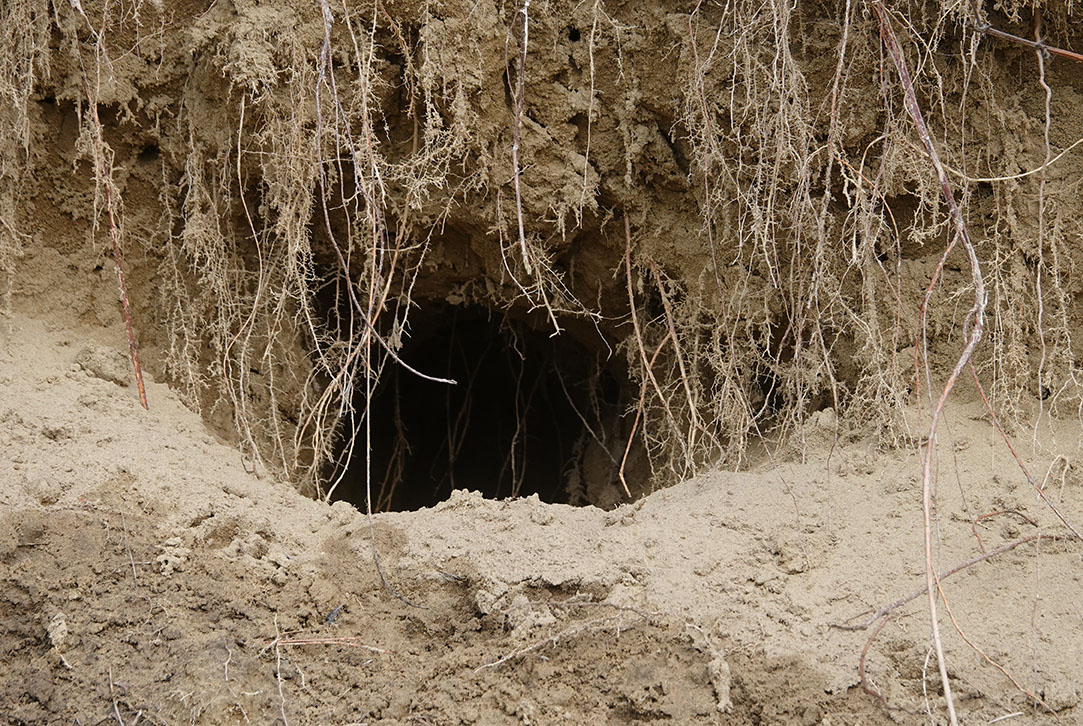
< Back
shelter
Definition
A shelter is a structure that provides protection from the elements, such as rain, snow, wind, and sun. It can also protect people from danger, such as wild animals and storms.
Shelters are important for human survival. They provide a place to rest, sleep, and store food and supplies. They also protect people from the elements, which can be harmful to health.
There are many different types of shelters, each with its own advantages and disadvantages. Some common types of shelters include:
- Houses: Houses are the most common type of shelter for people. They are made of strong materials, such as wood, brick, or concrete, and they have roofs to protect people from the rain and snow. Houses also have walls to protect people from the wind and sun.
- Tents: Tents are a type of shelter that is portable. They can be easily set up and taken down, which makes them ideal for camping or hiking. Tents are made of lightweight materials, such as canvas or nylon, and they have roofs to protect people from the rain and snow.
- Caves: Caves are a natural type of shelter. They are formed by the erosion of rocks and they can provide protection from the elements. Caves can be dark and damp, but they can be a safe place to stay in an emergency.
- Trees: Trees can also provide shelter from the elements. They can block the wind and sun, and their branches can provide a place to sleep. However, trees are not as sturdy as houses or tents, so they are not as safe in a storm.
The type of shelter that is best for a particular situation depends on a number of factors, including the climate, the terrain, and the availability of materials. In general, however, a sturdy shelter that provides protection from the elements is essential for human survival.
How can the word be used?
The animal shelter was full of abandoned pets.

Different forms of the word
Noun:
- a place of protection from danger or harm.
- a roof or covering for a vehicle or animal.
- a place where people can go for help or protection.
Verb:
- to provide protection or a place of safety for someone or something.
- to take shelter from danger or harm.
Etymology
The word "shelter" comes from the Middle English word "schelter", which comes from the Old English word "scyldan", which means "to shield".
The first recorded use of the word "shelter" in English was in the 14th century.
The word "shelter" is an English word, and it is not related to any other languages.
Question
Provide examples of when a shelter might be used.
AQA Science Exam Question and Answer
Question:
Explain the importance of shelter in the survival and well-being of organisms, considering how different species adapt their shelter choices to their specific environmental and ecological needs.
Answer:
A shelter is a crucial factor in the survival and well-being of organisms, providing protection from adverse environmental conditions and predators. Different species adapt their shelter choices based on their unique needs and the characteristics of their habitats.
For example, animals in temperate climates may seek shelter in burrows or dens to escape extreme temperatures or harsh weather. Nocturnal animals, such as owls and bats, utilise shelter during daylight hours to avoid predators and maintain their energy balance.
Aquatic organisms like fish often seek shelter in reefs or underwater vegetation to find protection from predators and strong currents. Insects construct intricate shelters like silk cocoons or intricate nests, safeguarding their eggs and larvae.
Plants also exhibit adaptations related to shelter. Desert plants have developed small leaves or spines to reduce water loss and deter herbivores. Trees in tropical rainforests have dense foliage, providing shelter for various organisms and promoting biodiversity.